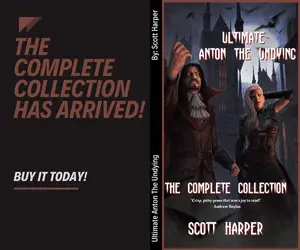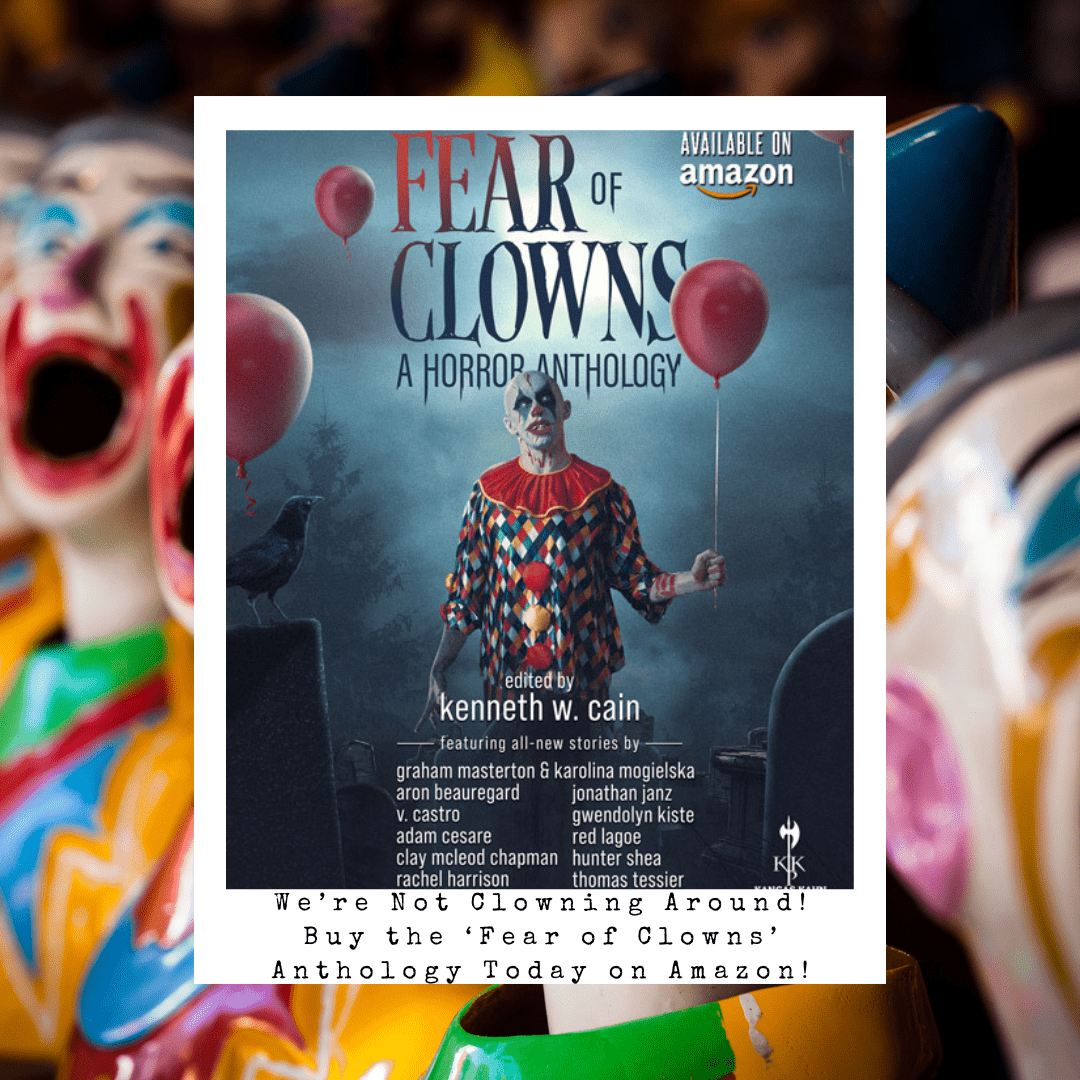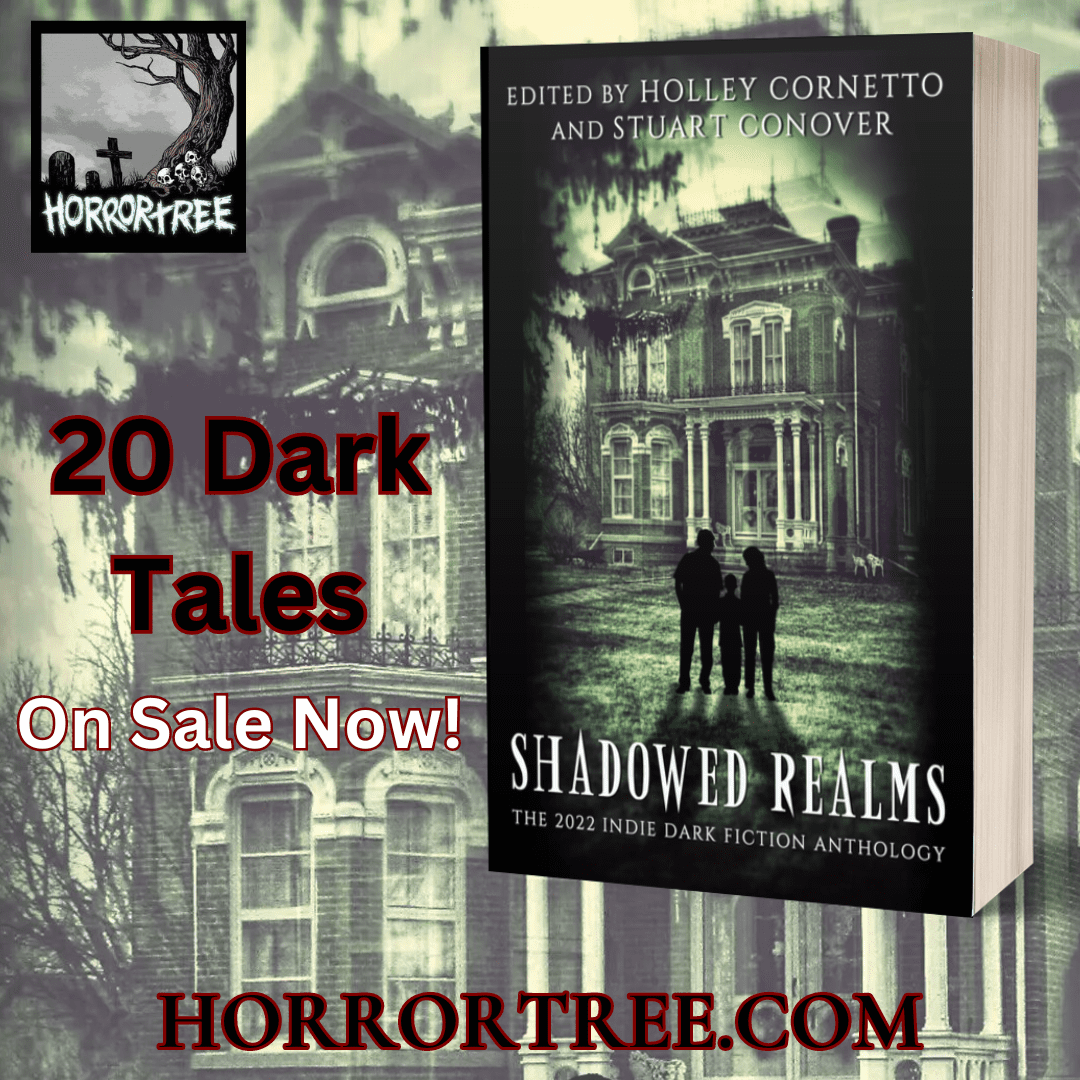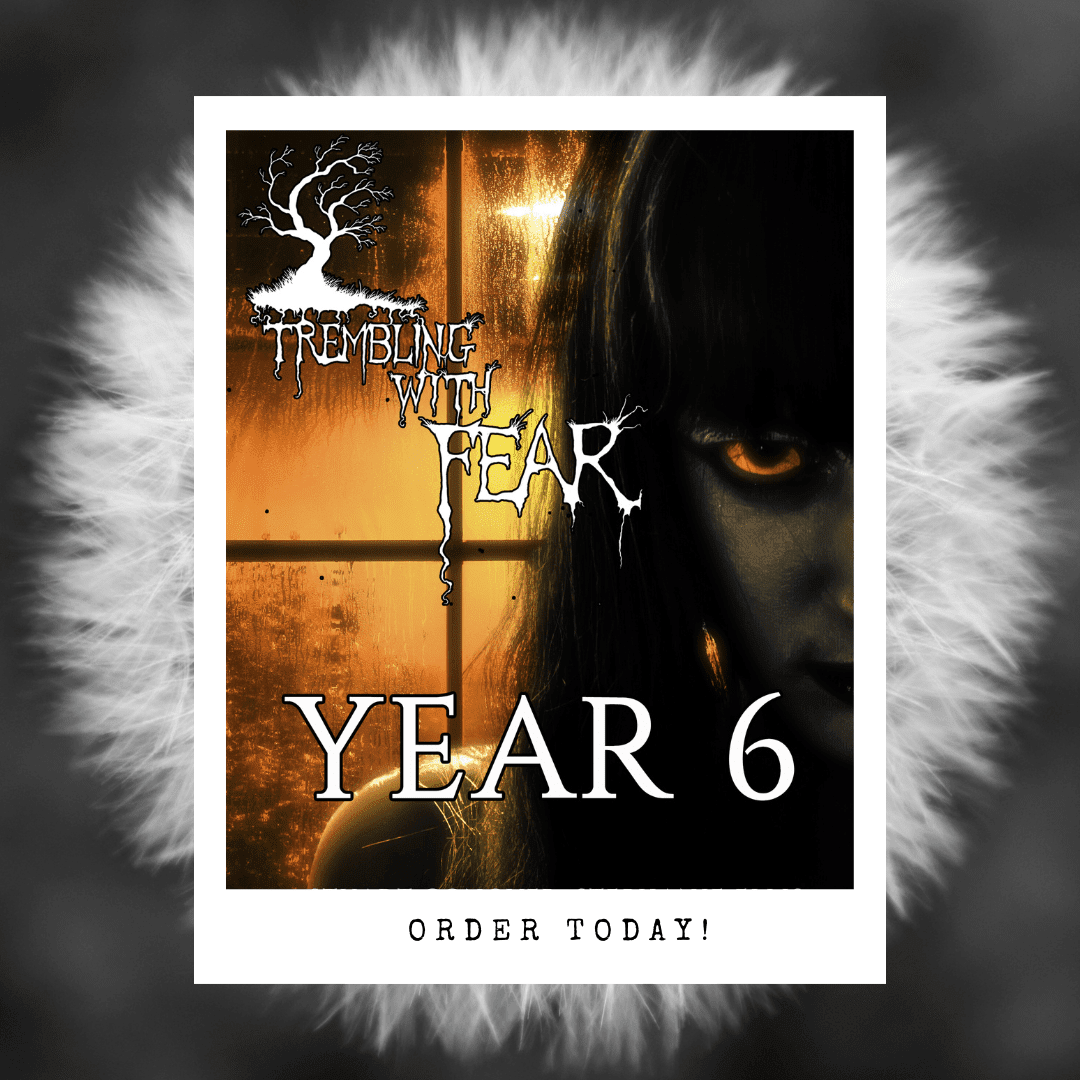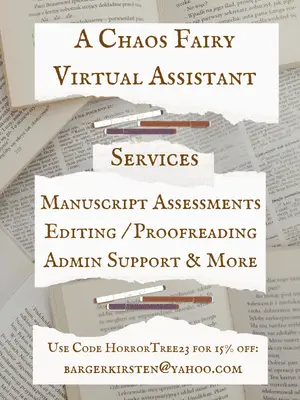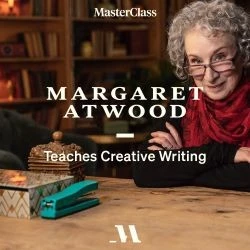‘Screams The Machine’ Blog Tour: Sam Mortimer On “Does Originality Exist?”
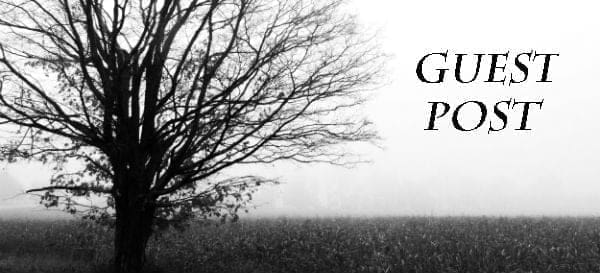
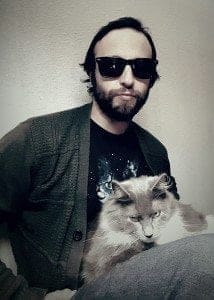 Does Originality Exist?
Does Originality Exist?
Sam Mortimer
Possibly! I know there’s always room for innovation at least. In some respects, I think select writers go in extreme directions in attempts to make that happen. For instance, a writer might be as provocative, lewd, torturous, risky, or whatever they’ll need to do, in order to push the envelope or feel original. Conflict and drama, however, is in every story no matter how it’s presented or how far it’s pushed.
Folks are drawn to conflict, especially in fiction, in different ways. It’s our human nature. We deal with it every day. Even avoiding a conflict has a sense of, you guessed it, conflict. I don’t think there will ever be 100% originality insofar as conflict in storytelling goes. It’s all based on the same principle of, ‘Without drama there is no story.’ It’s with different inventions, story structures where I believe there are innovators.
This will probably seem dreamy, but I think if someone wants to attempt originality they should write a complete utopian story with zero conflict, and stop chanting the drama mantra. The real question is, would that be any fun? A real-life problem with that idea is wondering about the appeal. Who would relate to a perfect person in euphoric world? What would a utopian character want? Something new, different? I don’t know.
Don’t expect any wars in that world. The utopia wouldn’t ever be in danger of falling, meaning there wouldn’t be an epic battle to defend it. No scandals or machinations would bring it down. The utopia would remain, because there’d be no drama or interference within the plot and characters. What story could there without chanting the drama mantra? There would be continuous progress without hindrance in that utopian paradise. How many different ways are there to live an entirely peaceful existence? How does one make conflict a matter of nothingness? If there was no conflict, how many cures would be developed for human ailments? Would there even be need of cures? There would be no problems, and no problems mean, no drama.
Then again, the idea of a utopia isn’t even original. Scratch that idea if you want true originality. Though, I do think if something is 100% original we might not relate to it at first. It’d probably have to come from a world based on laws of physics we’re not used to. There’d have to be new shapes, sounds, colors, tastes, and senses we’re not accustomed to, that are absolutely not of our world. We’d have to experience a whole new set of emotions to witness something purely original. If that happens, we might have a new way to present some drama, or a whole new understanding of it.
Until then, I don’t believe 100% originality exists in storytelling. I’m all for seeing innovative stories though, putting new twists and turns along the way. Think of your favorite vampire stories. I’m sure they’ve all had at least something different in them. Ultimately, it’s still vampires. Not an original concept whatsoever, but one can figure out fresh ways to present them.
 Synopsis
Synopsis
Cash carries a disease; one that’s already killed a large majority of the population and something needs to be done. To stop the crisis from escalating, The Solution (a worldwide organization) is formed and rises to great power. They monitor people’s dreams and shape reality to fit their own wants and needs. In an effort to control existence itself, The Solution is searching for what they believe to be the ultimate tool; a person with the ability to master a deep connection with the mysterious, pervasive energy known only as The Ultimate Reality.
Watching her neighborhood decay, her friends and family perish, Elizabeth Reznik needs to find meaning in her life. She discovers her existence is more meaningful than she could ever have imagined. Operatives of The Solution seek her out, take her from her home and perform brutal experiments on her. Their conclusion? Elizabeth is the one they have been searching for; she is the key to gaining complete power.
The stratagem of The Solution is single minded – own the resources and you own the people. And the last resource available is free will. They will own your thoughts, they will orchestrate your dreams; they will dine on your fears. But there is always a cog in the machine… or in this case, a scream.
Available on:
Amazon:
US | UK | Canada | Australia | Germany | France | Spain | Italy | Japan | Mexico | Brazil | India | The Netherlands
Amazon Print: US | UK | Canada | Australia | Germany | France | Spain | Italy | Japan | Mexico | Brazil | India | The Netherlands
iTunes | Kobo | Barnes & Noble | Smashwords | CreateSpace (Print)
Author Bio:
Sam Mortimer has worked the graveyard shift in law enforcement, attended film school, and has been writing strange stories since age eleven. He loves reading, music, and strives to meet the demands of his five cats.


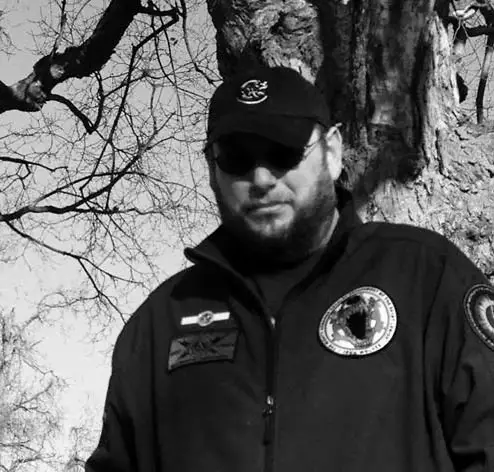
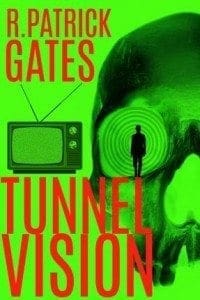 Follow along the tour with these hashtags: #Tunnelvision #BloodshotBooks #HookofaBook
Follow along the tour with these hashtags: #Tunnelvision #BloodshotBooks #HookofaBook
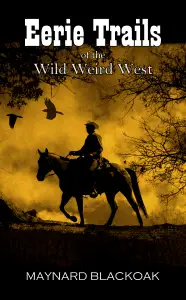 Wild West Research Gets Weird
Wild West Research Gets Weird
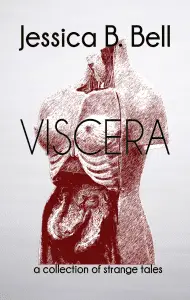 Some time ago (before I was ever Jessica) I decided to give up writing. I’d been writing and writing and writing with no success. I’d tried a couple of grand ideas, started a literary magazine, published a novel that nobody but my immediate family and friends bought (whether they read it or not, I still don’t know) and had multiple other disappointing failures.
Some time ago (before I was ever Jessica) I decided to give up writing. I’d been writing and writing and writing with no success. I’d tried a couple of grand ideas, started a literary magazine, published a novel that nobody but my immediate family and friends bought (whether they read it or not, I still don’t know) and had multiple other disappointing failures. Jessica B. Bell is a Canadian writer of strange fiction. It is rumoured that she lives in a damp, dark basement, writing her twisted tales in her own blood on faded yellow parchment. Her stories have been published in various anthologies, the most recent of which is
Jessica B. Bell is a Canadian writer of strange fiction. It is rumoured that she lives in a damp, dark basement, writing her twisted tales in her own blood on faded yellow parchment. Her stories have been published in various anthologies, the most recent of which is 
 Call it odd, call it off-beat, call it fantasy; but don’t think for a moment that One Bad Fur Day is anything other than a suspense driven horror ride that blurs the lines between harsh reality and brutal imagery…
Call it odd, call it off-beat, call it fantasy; but don’t think for a moment that One Bad Fur Day is anything other than a suspense driven horror ride that blurs the lines between harsh reality and brutal imagery… ABOUT THE AUTHOR – K. Trap Jones is an author of horror novels and over 50 short stories. With inspiration from Dante Alighieri and Edgar Allan Poe, he has a temptation towards narrative folklore, classic literary works and obscure segments within society.
ABOUT THE AUTHOR – K. Trap Jones is an author of horror novels and over 50 short stories. With inspiration from Dante Alighieri and Edgar Allan Poe, he has a temptation towards narrative folklore, classic literary works and obscure segments within society.
 In the deepest vale of Crepuscule’s Cradle, in the cul-de-sac at the end of Direful Hollow Road, is a once grand Folk-Victorian home known as The Habersham House. It’s a place haunted by far more than rot and neglect – evil dwells here, an evil that craves children.
In the deepest vale of Crepuscule’s Cradle, in the cul-de-sac at the end of Direful Hollow Road, is a once grand Folk-Victorian home known as The Habersham House. It’s a place haunted by far more than rot and neglect – evil dwells here, an evil that craves children. About the Author – Award winning, bestselling author Joshua Skye was born in Jamestown, New York. Growing up, he split his time between Pennsylvania and Texas. Ultimately he settled in the DFW area with his partner, Ray – of nearly two decades, and their son Syrian. They share their lives with two dogs, Gizmo and Gypsy, and a chinchilla named Bella. Skye’s short fiction has appeared in numerous anthologies including Childhood Nightmares: Under the Bed, and periodicals such as The Sirens Call. He is the author of over ten critically acclaimed novels, among them The Angels of Autumn that takes place in the same nightmarish universe as Cradle.
About the Author – Award winning, bestselling author Joshua Skye was born in Jamestown, New York. Growing up, he split his time between Pennsylvania and Texas. Ultimately he settled in the DFW area with his partner, Ray – of nearly two decades, and their son Syrian. They share their lives with two dogs, Gizmo and Gypsy, and a chinchilla named Bella. Skye’s short fiction has appeared in numerous anthologies including Childhood Nightmares: Under the Bed, and periodicals such as The Sirens Call. He is the author of over ten critically acclaimed novels, among them The Angels of Autumn that takes place in the same nightmarish universe as Cradle.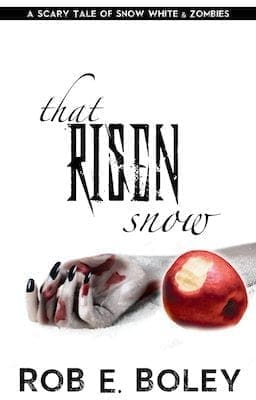 Guest Post by Rob E. Boley
Guest Post by Rob E. Boley Rob E. Boley is the author of The Scary Tales series of novels, featuring mash-ups of your favorite fairy tale characters and classic horror monsters. He grew up in Enon, Ohio, a little town with a big Indian mound. He later earned a B.A. and M.A. in English from Wright State University in Dayton, Ohio. Aside from The Scary Tales series, his fiction has appeared in several markets, including A cappella Zoo, Pseudopod, Clackamas Literary Review, and Best New Werewolf Tales. His stories have won Best in Show in the Sinclair Community College Creative Writing Contest and the Dayton Daily News/Antioch Writers’ Workshop Short Story Contest. He lives with his daughter in Dayton, where he works for his alma mater. Each morning and most nights, he enjoys making blank pages darker.
Rob E. Boley is the author of The Scary Tales series of novels, featuring mash-ups of your favorite fairy tale characters and classic horror monsters. He grew up in Enon, Ohio, a little town with a big Indian mound. He later earned a B.A. and M.A. in English from Wright State University in Dayton, Ohio. Aside from The Scary Tales series, his fiction has appeared in several markets, including A cappella Zoo, Pseudopod, Clackamas Literary Review, and Best New Werewolf Tales. His stories have won Best in Show in the Sinclair Community College Creative Writing Contest and the Dayton Daily News/Antioch Writers’ Workshop Short Story Contest. He lives with his daughter in Dayton, where he works for his alma mater. Each morning and most nights, he enjoys making blank pages darker.